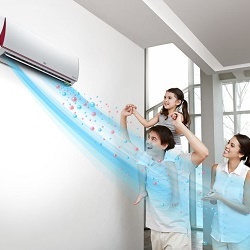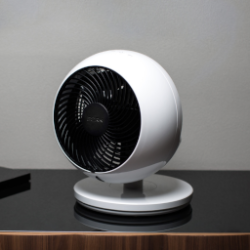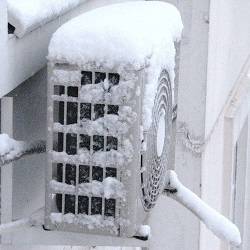Features of an oil wall heater
Despite the emergence of various fundamentally new equipment, oil heater still remains popular. His admirers often prefer the wall version of the device. What is he good and how does it work?
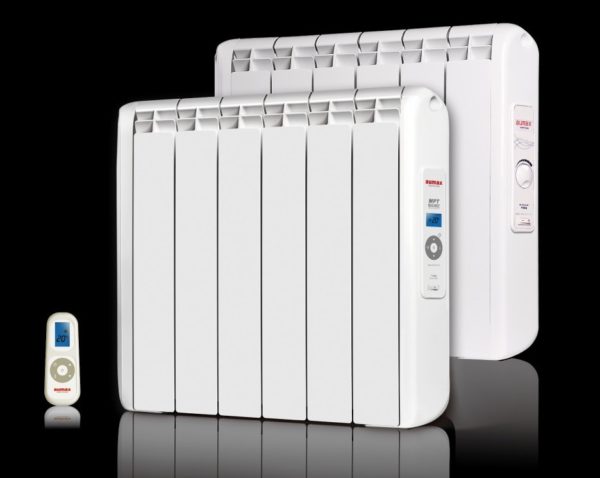
Content
The principle of operation of the oil cooler
Oil heaters invented a long time ago. Its first options looked simple: a flat heatsink, more like a plate. Modern models have a different shape, providing a large heating surface area and are equipped with many functions. But the principle of the old and new models remained the same.
The device consists of:
- TENA - tubular electric heater;
- hermetic steel or aluminum casing;
- mineral oil, poured into the housing.
When heated, the heating element gives off heat to the oil, which, in turn, heats the surface of the housing.
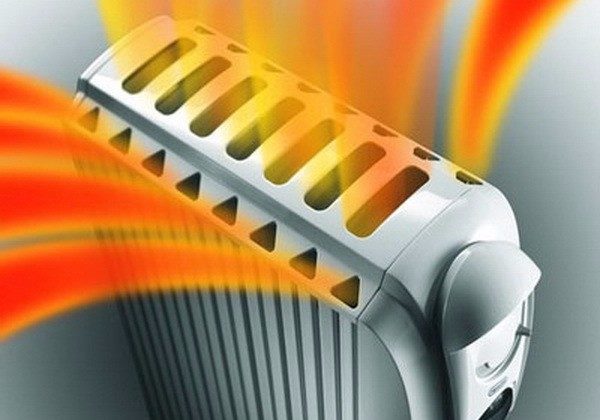
Modern models are equipped with:
- temperature controllers: manual or automatic;
- fans.
The device is a wall oil heater no different from the floor. Moreover, they are exactly the same.
The only difference is in installation method: the wall-mounted device is attached to the wall by means of brackets, and the floor-mounted one is mounted on the feet-holders. Many manufacturers complement the device with both types of fasteners. So, having bought an oil wall electric heater, You can use it later as a floor option.
Advantages and disadvantages
Pluses of oil devices:
- Reliability and durability are ensured by the long life of the heating element, which, being immersed in oil, does not come into contact with air and does not burn out.
- Safety as the surface of the device does not heat up to dangerous temperatures, thanks to oil.
- Silent work.
- Slow cooling - after turning off the surface of the apparatus remains hot for a long time.
- The wall version of the device does not take up space, which is especially important in small room conditions.
- Low cost.
In addition to the advantages, we note a number of disadvantages:
- Slow heating.
- Heavy weight makes it difficult to install the wall version.
- Since heat transfer occurs from both surfaces, in the wall version, the surface facing the wall does not practically participate in the heating of the room.
Recommendations for selection
When choosing a device, it should be noted that for heating a room with an area of 10 m2 at a height of 2.7 m, a 1 kW appliance is required

/rating_off.png)







